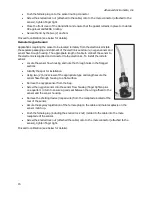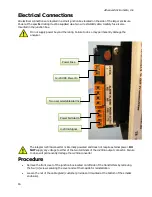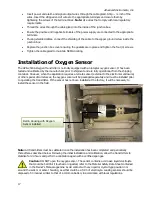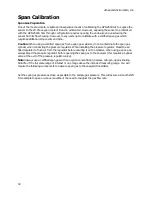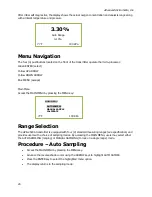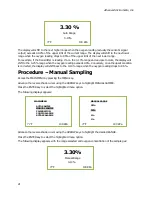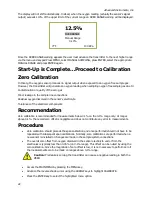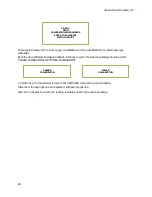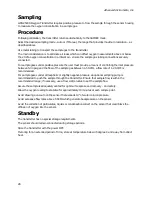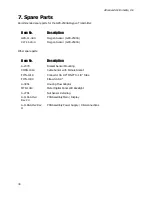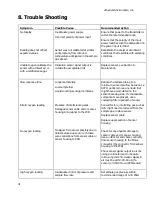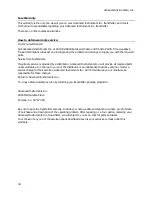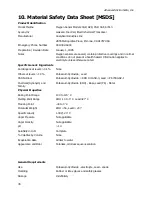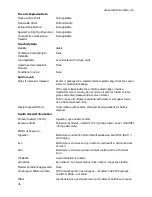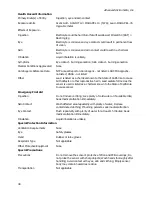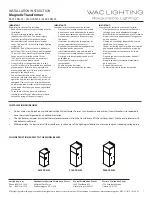
Advanced Instruments, Inc.
Sampling
GPR-2500A Oxygen Transmitter requires positive pressure to flow the sample through the sensor housing
to measure the oxygen concentration in a sample gas.
Procedure
Following calibration, the transmitter returns automatically to the SAMPLE mode.
Select the desired sampling mode - Auto or if Manual, the range that provides maximum resolution – as
described above.
Use metal tubing to transport the sample gas to the transmitter.
The main consideration is to eliminate air leaks which can affect oxygen measurements above or below
the 20.9% oxygen concentration in ambient air - ensure the sample gas tubing connections securely
connected
For sample gases under positive pressure the user must provide a means of controlling the inlet pressure
between 5-30 psig and the flow of the sample gas between 1-5 SCFH, a flow rate of 1-2 SCHF is
recommended.
For sample gases under atmospheric or slightly negative pressure an optional sampling pump is
recommended to push the sample through the transmitter. Ensure that sample flow is within the
recommended range; if necessary, use a flow control valve to set the sample flow.
Assure the sample is adequately vented for optimum response and recovery – and safety.
Allow the oxygen reading to stabilize for approximately 10 minutes at each sample point.
Avoid drawing a vacuum on the sensor that exceeds 14” of water column pressure.
Avoid excessive flow rates above 5 SCFH which generate backpressure on the sensor.
Avoid the collection of particulates, liquids or condensation collect on the sensor that could block the
diffusion of oxygen into the sensor.
Standby
The transmitter has no special storage requirements.
The sensor should remain connected during storage periods.
Store the transmitter with the power OFF.
If storing for an extended period of time, store at temperature below 45 degree C and away from direct
heat.
28


